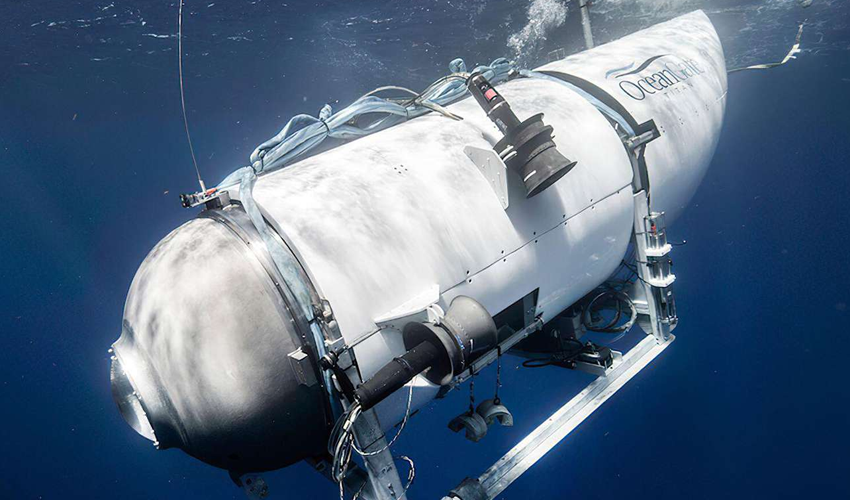In a somber reminder of the enduring mysteries and dangers of the deep sea, more debris from the ill-fated Titan submersible along with suspected human remains have been retrieved from the unforgiving depths of the North Atlantic Ocean.
This heart-wrenching discovery follows the catastrophic failure of the privately owned submersible, which occurred during a mission to the infamous Titanic wreck on June 18. All five individuals aboard the Titan, a recreational submersible, tragically lost their lives as the vessel imploded under the immense pressure of the deep sea.
The Titan, operated by the US-based company OceanGate, had embarked on what was meant to be a groundbreaking expedition to explore the legendary Titanic wreckage. The fatal incident not only marked a devastating loss of life but also brought forth a gripping international rescue mission that held the world's attention.
Recently, on October 4, marine safety engineers from the US Coast Guard's Marine Board of Investigation (MBI) completed a painstaking operation to recover remnants of the Titan submersible and vital evidence from the ocean's abyss. Most notably, they retrieved additional presumed human remains from within the submersible's wreckage. These remains will be carefully analyzed by US medical professionals in a bid to shed light on this tragic episode.
The Titan's ill-fated crew comprised British explorer Hamish Harding, renowned French submarine expert Paul-Henri Nargeolet, Pakistani-British tycoon Shahzada Dawood, his son Suleman, and Stockton Rush, CEO of OceanGate Expeditions. These five individuals, driven by their passion for exploration, ventured into the dark depths of the North Atlantic, never to return.
The debris field was found approximately 1,600 feet (500 meters) from the bow of the Titanic, which has rested beneath the ocean's surface for over a century, some 400 miles off the coast of Newfoundland.
The tragic fate of the Titan's crew is believed to have been sealed instantly when the submersible, roughly the size of an SUV, succumbed to the overwhelming pressures of the deep sea, located at a depth of more than two miles (nearly four kilometers).
The US Coast Guard, in collaboration with Canadian authorities, has launched investigations into the root causes of this heart-wrenching tragedy.
The Titanic, a poignant symbol of human endeavor and the mysteries of the deep, met a similar fate in 1912 when it struck an iceberg and sank during its maiden voyage from England to New York, leading to the loss of more than 1,500 lives. Discovered in 1985, the Titanic continues to captivate nautical experts and underwater enthusiasts alike, reminding us of the enduring allure and perils of the world's oceans.



























